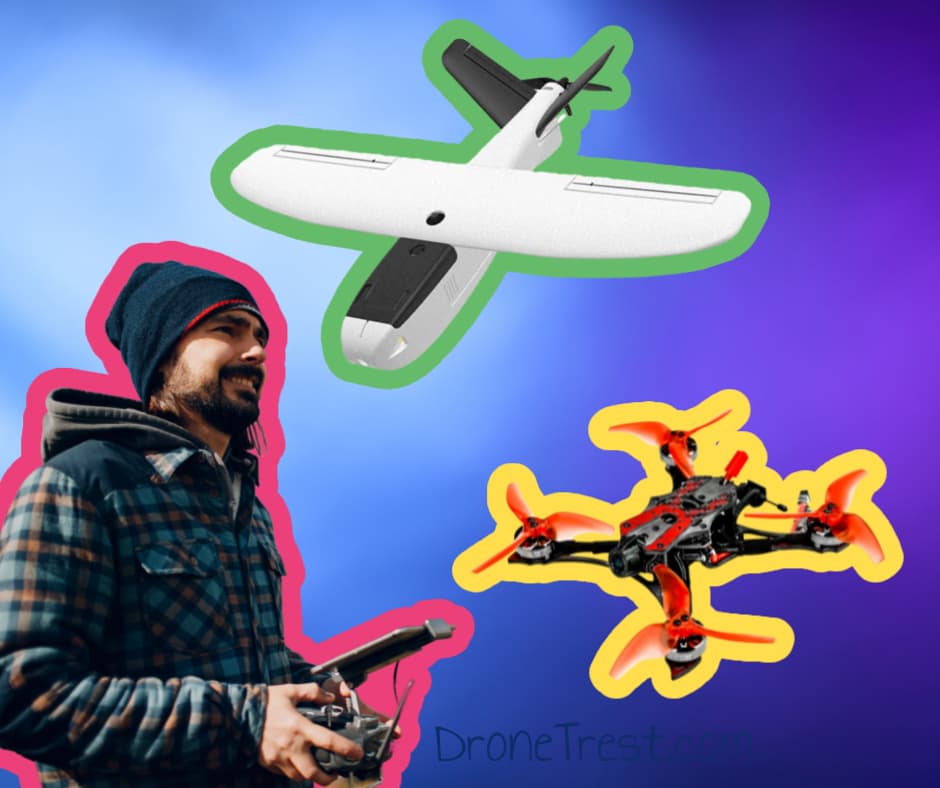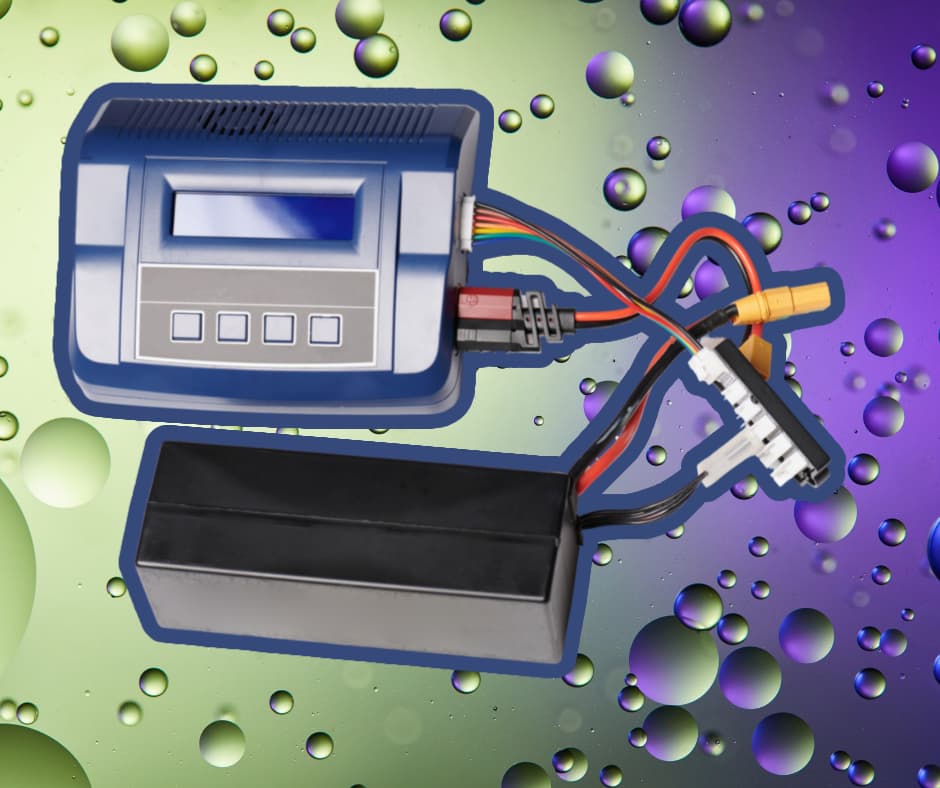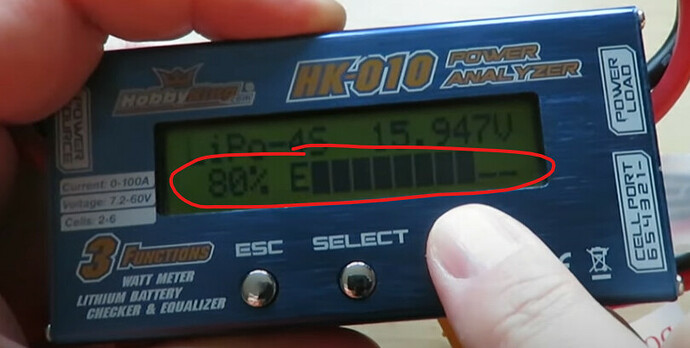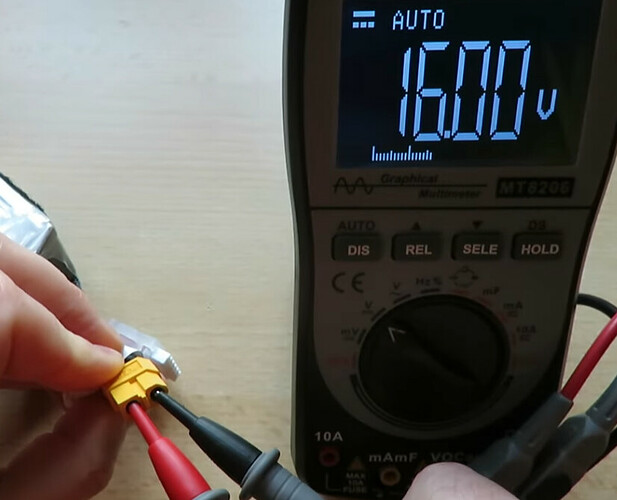Have you ever wondered how long your drone battery will last during a flight? In this article, we will go over how to calculate the flight time for your drone battery, even if you don’t have telemetry or an on-screen display. We will cover LiPo battery basics, three common ways to calculate flight time, and some helpful tips to keep your battery healthy. This method applies to just about any R/C model that uses a lipo battery.
Why Calculate Flight Time?
Apart from it just being nice to know how long you can fly per battery, its also important as you can use this flight time estimate to set a timer on your radio to let you konw when its time to land. This is particularly beneficial when your model does not have any telemetry or OSD to warn you when your battery is getting low. By landing before your battery voltage gets low means you can avoid discharging your Lipo which results in it lasting many more charge-discharge cycles.
LiPo Battery Basics
Before we dive into the three ways to determine your LiPo battery’s flight time, let’s go over some LiPo battery basics. LiPo batteries are composed of cells, and a fully charged LiPo cell has a voltage of 4.2 volts. Conversely, a LiPo cell is considered empty at around 3.5 or 3.6 volts. Therefore, there’s only a 0.6-volt difference between a fully charged cell and an empty cell. Although you can fly a battery below 3.5 volts, it could result in physical damage and reduced performance. To get hundreds of flights before your battery starts to wear out, you need to look after your battery’s health by not discharging it too much.
Additionally, the capacity of a battery is not entirely usable. Assuming that you want your battery to have a long service life, you should only use around 80% of the capacity that’s listed on your battery. For instance, if your battery has a capacity of 2200 milliamp hours, you can safely use around 1760 milliamp hours. With this in mind, let’s explore the three ways to determine your LiPo battery’s flight time without telemetry.
Three Ways to Determine Your LiPo Battery’s Flight Time Without Telemetry or OSD
All the methods below require you to fly your model for a short time. Once you land you will then check the battery to determine how much capacity has been used, and then use this to infer how long the aircraft can fly for. The time you should fly will depend on your specific model, but I like to go for around five to six minutes for a fixed wing, and 2-3 minutes for a drone. Try to fly in a “normal style” in the sense that you don’t want to push it too hard, but also not fly very cautiously, as the idea is you want to get a general idea of your model’s flight time.
Once landed you can use one of the three methods below to work out the flight time, depending on what measurement equipment you have:
Method 1 - Using a Lipo Checker
After landing your model, unplug the battery and measure its capacity with a LiPo Checker.
voltage with a voltage checker. For example, if it shows that you have 70% capacity left after your flight, then you can work out the flight time using the formula below:
Total Flight Time = (Available Capacity / Used Capacity) x Flight Time
So in our example, we had 70% battery left on landing, so we used 30%. We divide this number by 80% (since we only want to use 80% of our battery to avoid over discharging it). We then multiply this value by our flight time in Minutes to give our overall flight time:
Total Flight Time = (80 / 30) x 5
Total Flight Time = 13.3 minutes
So with this specific battery and model, we will get around 13 minutes of flight on a fully charger battery.
Method 2 - Looking at Lipo Voltage (before and after)
If you don’t have a LiPo Checker, you can use a voltmeter to check the voltage. After a short flight, connect the voltmeter to the battery’s connector, and read off the voltage. Divide the voltage drop by the available voltage and multiply it by the flight time. Then, you can calculate the average voltage drop per minute and use that to estimate your battery’s flight time.
Total Flight Time = (Available Voltage Drop / Voltage Drop) x Flight Time
- Measure the battery pack voltage and divide this number by the number of cells in your battery to get the cell voltage
- Subtract your cell voltage from 4.2V to get the voltage used.
- Now divide the used cell voltage by 0.6V multiplied by flight time to give your overall flight time
Assume we land after a 5 minute flight and measure our battery voltage as 4.0V per cell. We subtract this from 4.2V to give 0.2V. We now plug that into our equation
Total Flight Time = (0.6 / 0.2) x 5
Total Flight Time = 15 minutes
So this means we can fly our model for 15 minutes.
If you are wondering where the 0.6V comes from, this is the useable voltage of a battery cell. Ie the voltage we can use from fully charged (4.2V) before the battery is damaged (3.6V), so this works out at 4.2V-3.6V=0.6V
Method 3 - Recharge the Battery
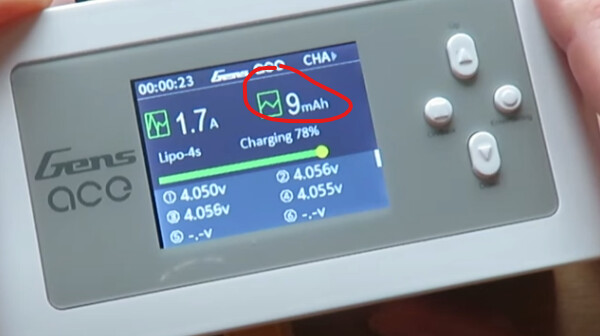
If you forgot to take the measurement of the voltage before charging the battery, you can recharge the battery and check how many milliamp hours are going back into the pack (99% of lipo balance chargers report this value). Divide the available milliamp hours by the used milliamp hours and multiply it by the flight time.
Suppose the available milliamp hours are 1760, and the used milliamp hours are 800. In that case, you can calculate the flight time as follows:
Total Flight Time = (Available Milliamp Hours / Used Milliamp Hours) x Flight Time
- Available Milliamp Hours is found by taking the Mah value of your battery and getting 80% of this (for a 2200mAh lipo, this works out to be 1760)
For example, if the flight time was five minutes, the available milliamp hours were 1760, and the used milliamp hours were 800, the calculation will be:
Flight Time = (1760 / 800) x 5
Flight Time = 11 minutes
Keep in mind that the three methods discussed are approximate calculations, and the actual flight time may vary depending on several factors, including flying style, temperature, and wind conditions. However, they are useful for estimating the flight time and ensuring that you don’t over-discharge your battery.
Helpful Tips
When calculating flight time, it’s important to consider your flying style. A gentle maiden flight may give you more flight time than an aggressive flight. Also, batteries don’t perform as well in cold weather. Be sure to set your timer to allow for extra safety, and remember to fly with a little left in the tank. Pushing the battery too far can shorten its life and lead to model misbehavior or even control loss.
Food for Thought
Calculating flight time for your drone battery is essential for safe and enjoyable flying. Using the methods we discussed, you can get a good idea of how long your battery will last. Always prioritize safety, and fly with caution. Thanks for reading, and happy flying!
What are some other ways you can ensure your drone battery lasts longer? How do you keep your battery healthy, and what are some other factors that affect flight time?
